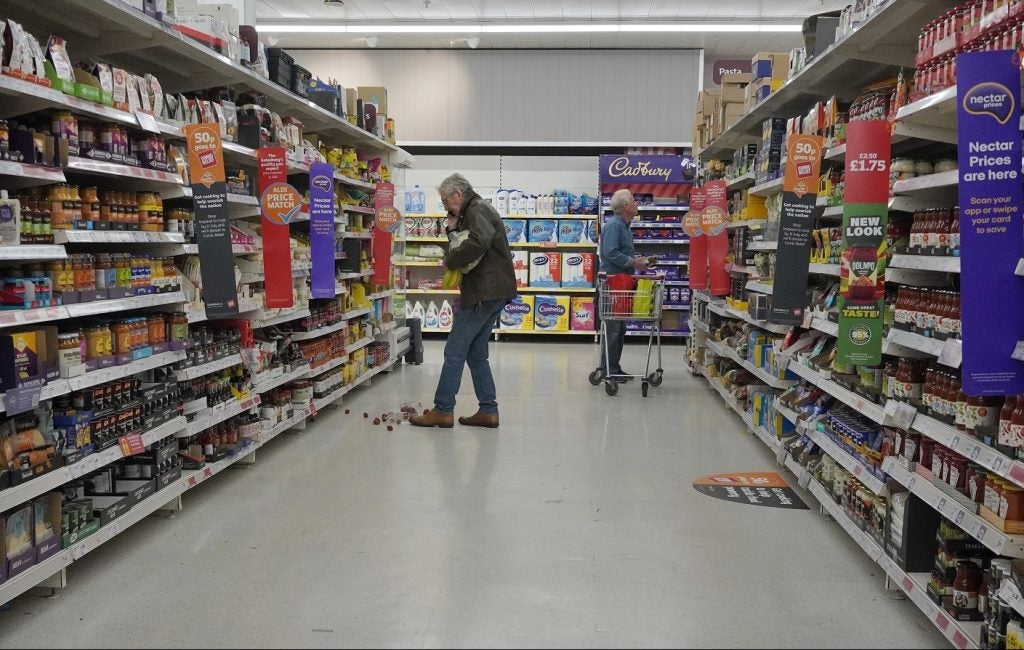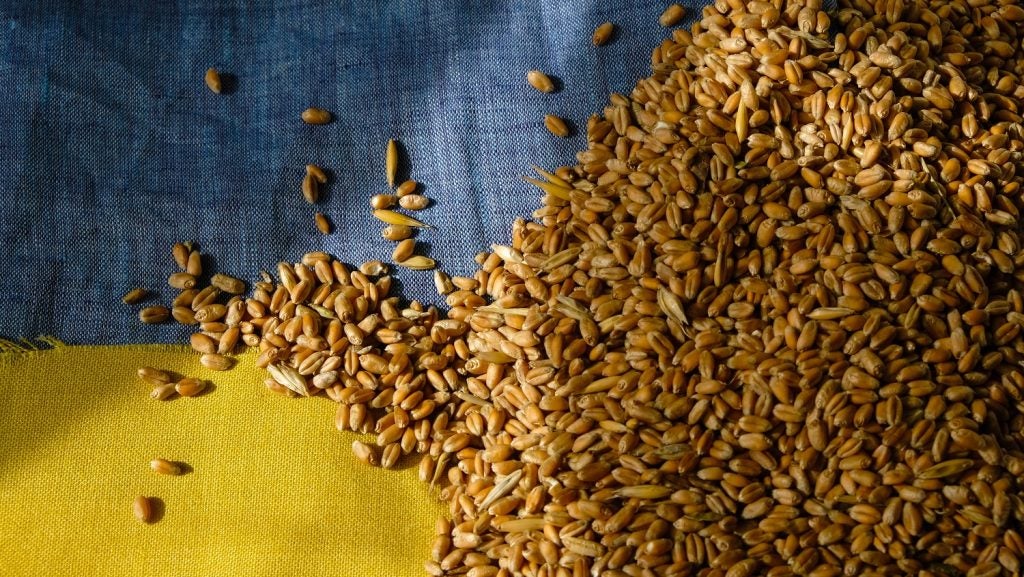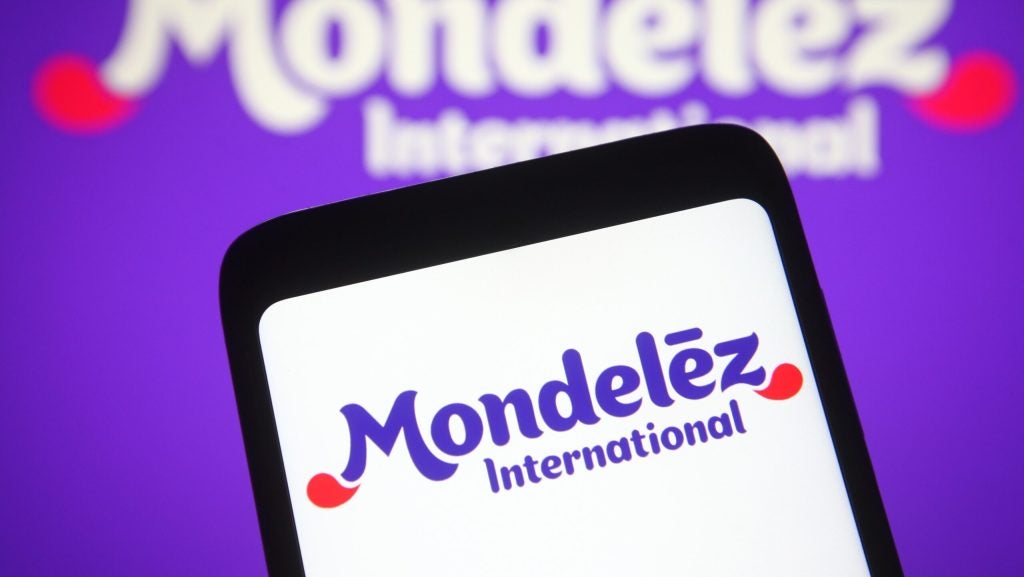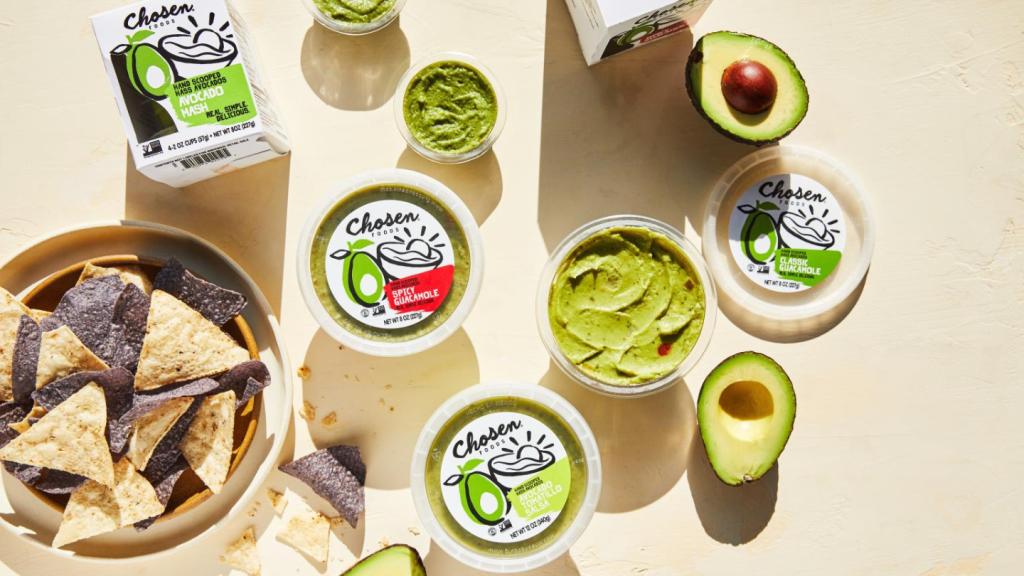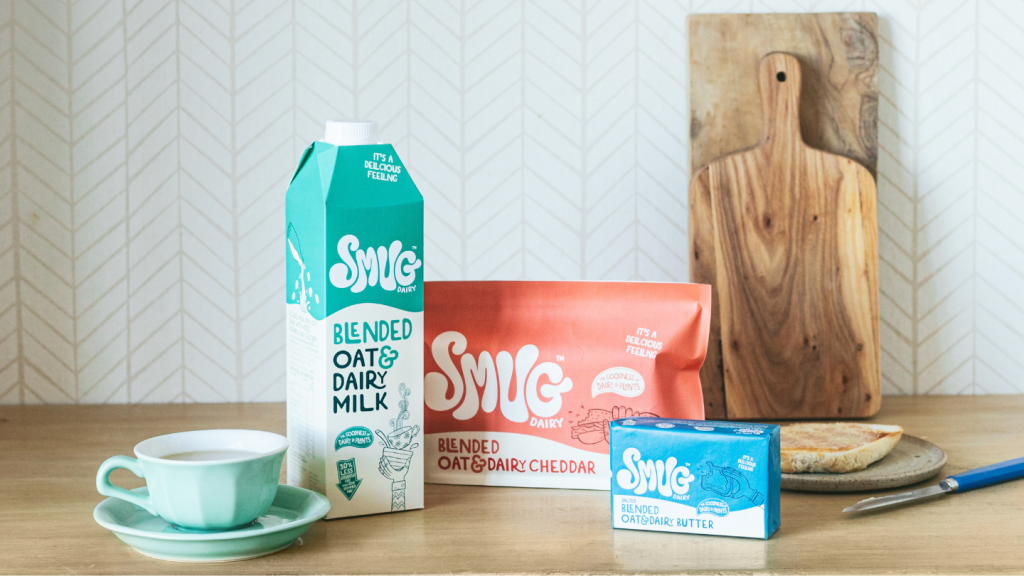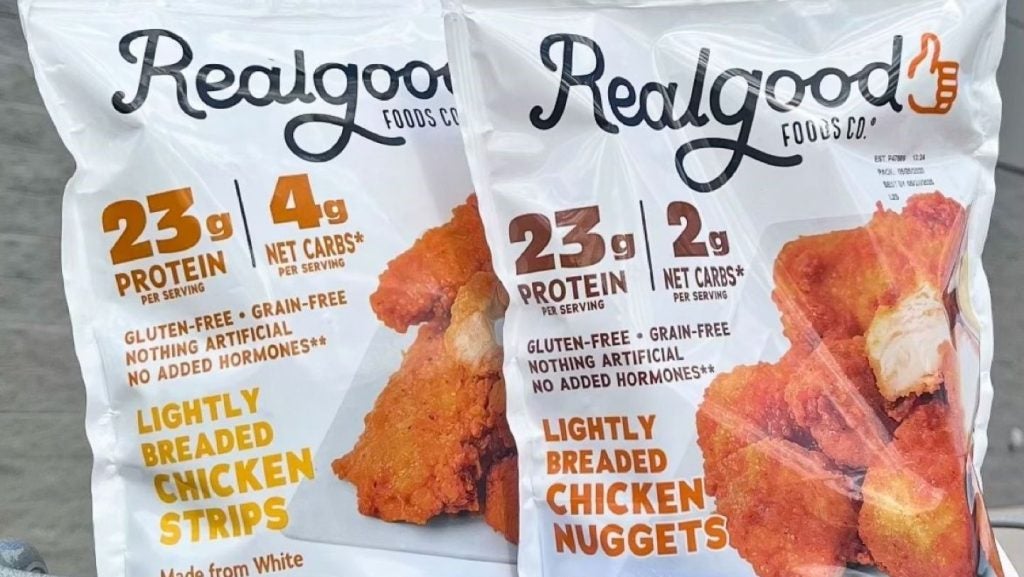UK food and soft drinks prices cooled for an eleventh straight month in February, making one of the largest contributions to an easing in the headline measure.
The Office for National Statistics (ONS) reported today (20 March) that the CPIH gauge for food and non-alcoholic beverages rose 5% in the 12 months through February, down from 7% in January.
On a monthly basis, prices for those categories rose just 0.2%, compared to a 2.1% increase in February last year. January marked a notable decline in UK food and soft drinks prices, which fell on a monthly basis for the first time since September 2021.
Today's ONS statistics data showed that the largest downward contributions to the monthly change in both the CPIH and CPI annual measures came from food, and restaurants and cafés.
Meanwhile, alcohol and tobacco prices eased slightly, rising 11.8% year-on-year in February versus a 12.2% increase in January. On a monthly comparison, prices rose marginally by 0.2% after climbing 0.6% in February last year.
Karen Betts, CEO at UK industry body the Food and Drink Federation, said the further cooling in the annual rates is promising and “reflects prices stabilising across food and drink supply chains, including energy, alongside manufacturers’ continued and sustained efforts to keep prices down for shoppers”.
She added: "Food and drink price inflation should continue to ease in the coming weeks. But some underlying factors are acting against this, from rising labour costs to erratic weather patterns, like this winter’s heavy rainfall across the UK which is impacting agricultural crop yields.”
The ONS reported that the annual rates for “most types of food product” eased, with the largest effect coming from bread and cereals.
In terms of prices for food and non-alcoholic beverages, the ONS said: "Prices have been relatively high but stable since early summer 2023, rising by less than 2% over the nine months between May 2023 and February 2024. This compares with a sharp rise of around 22% seen over the previous 14 months between March 2022 and May 2023."
Prices for bakery and cereals rose by 0.3% on the month, compared with a rise of 2.3% between January and February 2023. Prices of packs of cakes and some bread products fell between January and February this year but rose from a year earlier.
The resulting annual rate for bread and cereals in February 2024 was 6%, the lowest observed since March 2022, the ONS said.
Other downward effects came from prices easing in meat, vegetables, milk, cheese and eggs.
Overall, of the 11 category classes tracked, ten saw their prices ease, with oils and fats the exception, rising at an annual rate of 8.3% in February.
Betts also said that investment in the UK food and drink industries “is also worryingly low”, noting that the government’s upcoming ‘not for EU’ labelling plan is concerning.
“This is an expensive and unnecessary policy that will particularly hit small businesses and exports, and we’re urging the government to reconsider. There are good, digital alternatives if the government wants to monitor food movements in the UK, which in time could also be adapted to ease checks with the EU,” she said.
The ONS' CPIH measure of headline inflation cooled to 3.8% in February on an annualised basis, the least since October 2021. That was down from January's 4.2% pace and a historical peak of 9.6% in October 2002, estimated to be the highest in more than 40 years.
Month-on-month, the rate eased to 0.6%, from 1%.


